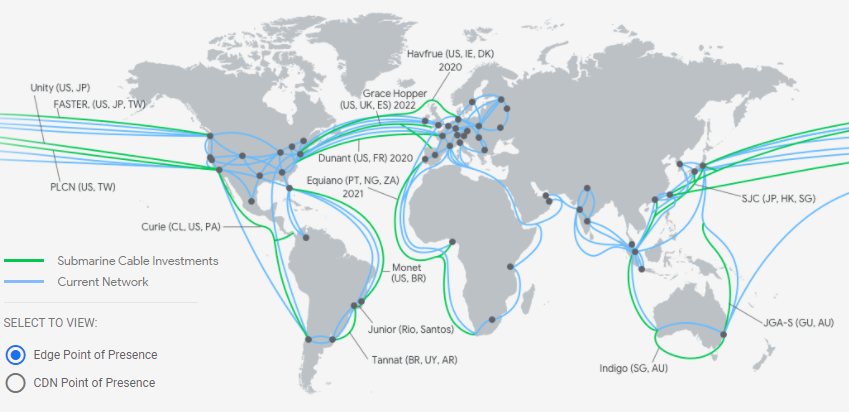Last updated on March 20, 2023
Google Cloud Global Infrastructure Cheat Sheet
The cloud infrastructure of GCP is built around:
- 20+ regions
- 70+ zones
- 140+ network edge locations
Multi-regions
- A large geographic area, such as the United States, that contains two or more geographic places.
Regions
- Are collections of zones that provide high-bandwidth, low-latency network connections to other zones in the same region.
-
Regional resources can be used by any resource in that region, regardless of zone.
-
Generally, communication within regions will always be cost-efficient and faster than communication across different regions.
Zones
- It is an isolated location within a region and is composed of several physical infrastructures housed in a data center called cluster.
- Resources that live in a zone such as virtual machines or persistent disks are referred to as zonal resources.
- Zonal resources can only be used by other resources in the same zone.
- The fully-qualified name for a zone is made up of <region>-<zone>.
- For example, for zone a in region us-central1, the zone name would be us-central1-a.
- Depending on how widely you want to distribute your application resources, you can provision them across multiple zones in multiple regions for redundancy.
Cluster
- It is a distinct physical infrastructure that is housed in a data center.
Network edge locations
- Offers connection to Google Cloud services from different locations across metropolitan areas.
View the interactive Google Cloud Platform map here.
Google Cloud Global Infrastructure Cheat Sheet References:
https://cloud.google.com/compute/docs/regions-zones
https://cloud.withgoogle.com/infrastructure
https://cloud.google.com/about/locations



















